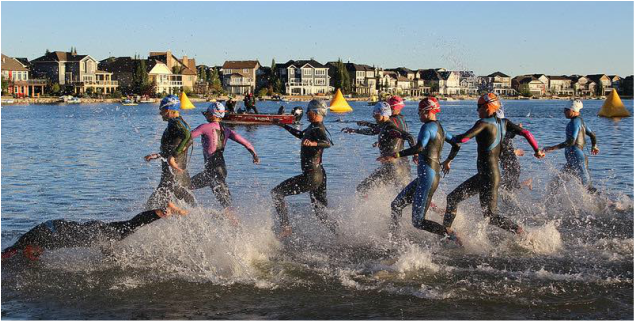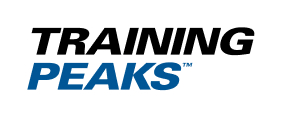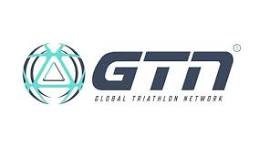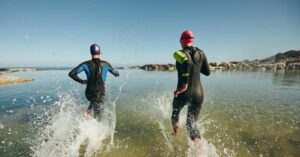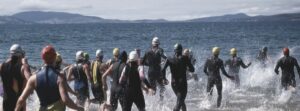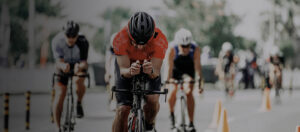Unmissable training advice, pacing guidelines and race-day tips to help you tackle a 3.8km IRONMAN swim…
An IRONMAN swim is a huge challenge. It involves swimming 3.8 km in open water, among hundreds or thousands of athletes and with no opportunity to rest. It’s a scary prospect, especially if you’re not the most confident swimmer.
Not only that but somehow you’ll also need to save your energy for a 180km bike and a 42.2km marathon afterwards.
In this feature, we reveal five tips that will help you optimise your training, race tactics and mindset so that you can conquer your IRONMAN swim and execute a great race.
1. Treat It Like A Warm Up
IRONMAN is different to all other forms of triathlon. You need to think of it as an endurance trial and not a race. Switch off your competitive race-head and simply focus on following a realistic pace plan throughout, as I discuss in point 5 below.
Avoid the temptation to set yourself a target time for the swim. There are too many variables on race day to get this right. If you end up doing a swim that’s slower than your goal time it can lead to low morale and the temptation to catch up during the bike section.
Think of the swim as a warm-up for the main event, rather than a race itself.
2. Train Long
The primary goal of your IRONMAN swim training is to get your fitness to a level where swimming 3.8 km feels normal. This means you need to do it many times in training.
The best way to achieve this is to gradually increase the distance of one or two of your swims each week, over a period of 12-weeks. Start off at 3 km and add an extra 100 metres each week.
You’ll also need to do some long swims in open water in the last 4 to 6 weeks before your race, so you are confident in river/lake/sea conditions.
Once you get to a point where 3.8km feels normal you should be able to complete your IRONMAN race-day swim with plenty of energy left for the bike and run.
3. Do You Need Swim Nutrition?
During an IRONMAN you’ll need to consume plenty of carbohydrate from sources such as gels, bars, blocks or drinks. But should you do this during the swim?
The answer is usually no.
Consuming drinks and food is very difficult while swimming in open water. There are several practical considerations, like how to carry the food, how to access it and how to consume it quickly while treading water. You’ll also be stationary while you do all of this, so there’s an obvious time cost. You probably won’t feel like eating either.
An IRONMAN swim should be done at a relatively low intensity, at which approximately 35% of your energy comes from stored body fat and 65% from glycogen (stored carbohydrate). So providing you pace it right you should have plenty of energy to conquer the swim without needing to consume anything until the bike section.
That said, it’s a good idea to have an energy gel and some water 15-minutes before you start. This ensures your glycogen stores are topped up before you start.
4. Swim Straight
Research by Swim Smooth has shown that IRONMAN athletes commonly swim several hundred metres more than they need to, pointlessly adding anything from 60-seconds to 10-minutes to their swim time. They do this by zig-zagging their way through the swim course, instead of following the most direct route.
Swimming in a straight line can be challenging in open water, particularly in choppy seas where your vision is obstructed. Swim technique errors can also exacerbate the problem, such as a “crossover” – where one of your arms crosses the centre-line of your body as it enters the water, causing you to swim diagonally.
Aside from improving your technique, one of the best fixes is to sight regularly, by looking up every 10 to 20 strokes. Don’t just follow everyone else blindly – they might be going the wrong way.
5. How To Pace Yourself
Your IRONMAN swim should be done at a nice steady pace*. There are several ways to pace yourself, including heart rate, pace and Rate of Perceived Exertion (RPE). However, from a practical point of view, using RPE (feel) works well – it saves you trying to look at your watch.
Check our Triathlon Race Pace Calculator to help guide your pacing strategy.
*If you’re aiming for a sub-10-hour IRONMAN (men) or sub-11-hour (women), it’s a good idea to go a little harder in the first 300 to 400 metres of the swim. This can help you get clear of the crowds and find similar or slightly faster swimmers to draft behind. Providing they’re going straight; you’ll save up to 10% of your energy for the 3.8km by swimming directly behind or by their hips. After the first few hundred metres, you should settle down to your overall target zone and preserve your energy for the long day ahead.
